How To Drain Your Water Heater
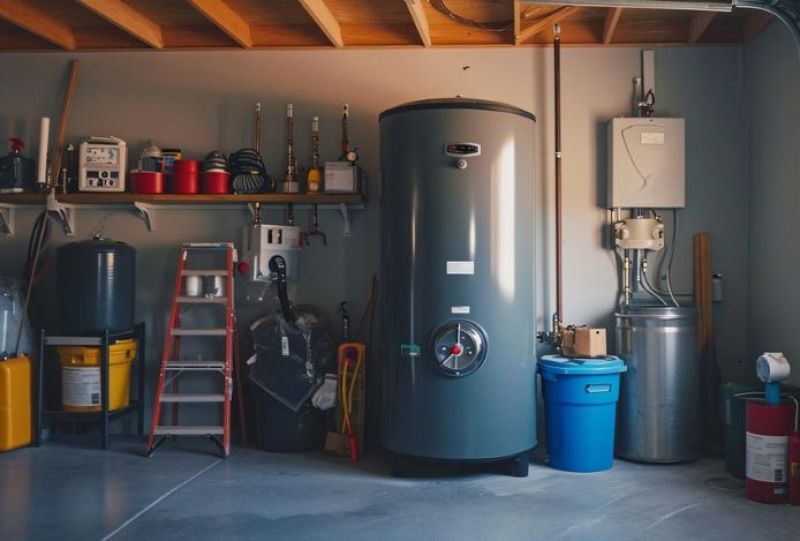
TL;DR: Regularly draining your water heater is crucial for its efficiency and longevity. Sediment buildup can affect its performance and lead to higher energy bills. This article provides a step-by-step guide on how to drain your water heater safely and effectively. It emphasizes the importance of turning off the power and water supply, connecting a hose, and flushing out sediment. Regular inspections and insulation are also recommended to maintain your water heater. If in doubt, it’s wise to consult a professional plumber to ensure your system functions optimally and lasts longer. Rootin Tootin Rooter and Plumbing offers expert plumbing services in Tucson, AZ, for your peace of mind.
When it comes to maintaining your water heater, draining is a task you should never put on the back burner. Even if you don’t realize it, sediment is slowly building up at the bottom of your tank, especially if you live somewhere that has hard water. This build-up can mess with how effectively your water heater works and how long it lasts.
In this article, we’ll go over practical tips for draining a water heater so that you get the job done right and keep your water heater in tip-top shape for years to come. So, let’s roll up our sleeves and get to work on making sure you can take a hot shower whenever you want.
Why Draining The Water Heater Is Important
Over time, minerals from your water can settle out and collect, which can make it harder for the heater to do its job. Think about it like this: when your water heater is working harder to heat through all that gunk, it’s using more energy and driving up your bills.
By flushing out that sediment, not only are you helping your water heater run better, but you’re also saving yourself a bit of money. Sediment can cause the tank to rust over time, causing it to spring a leak or two or break down completely.
And don’t forget about the water itself. If you’ve got sediment in your water heater, it can mix into the water you use for showering or cooking. You don’t want to see little particles floating around when you pour a glass of tap water or have an eczema flair-up after a shower. So, draining the tank helps keep your water cleaner and free from bits of mineral deposits.
Preparing to Drain Your Water Heater
Now, let’s get you prepared to tackle this job. You’ll need an adjustable wrench to open and close the drain valve, as well as a long garden hose so you can dispose of the water somewhere outside. Don’t forget to grab a bucket, too, in case there’s some leaking.
Safety gear isn’t optional, nor is your safety. You must put on a pair of gloves and safety goggles to protect yourself from any potential splashes or drips of hot water.
Step-by-Step Guide to Draining a Water Heater
Now that you have all of your equipment, it’s time to move on to the main issue. Doing this by yourself can be intimidating, but if you follow our tips for draining a water heater, you’ll have it done in no time. So, let’s go over the steps you need to take.
- Turn Off the Power. If it’s an electric heater we’re talking about, flip the breaker. Got a gas one? Turn the gas off. This isn’t just a suggestion – you must do this to prevent water damage to your system. The Department of Energy recommends setting the heater temperature at 120ºF, but most people like their water on the hotter side. So be patient and give it a couple of hours to cool down before trying to drain it.
- Turn the Water Supply Off. You’ll need to start by shutting off the water supply to your tank. Find the cold water supply valve – it’s usually a handle or knob located above the water heater and twist it until it’s firmly in the off position. This will stop the flow of water into the tank, making it safe for you to start draining it.
- Hook Up the Hose. Find the drain valve at the bottom of your water heater and connect the hose tightly. You want to make sure it’s on there well and snug to avoid any unnecessary mess. If it’s not on there perfectly, you might end up with water spraying everywhere, so double-check you have a tight fit before you go any further.
- Open the Pressure Relief Valve. This is how you’re going to avoid creating a vacuum that could make draining your tank a real pain. So, go ahead and flip that valve open. You might hear a hiss of pressure releasing – that’s normal. What you’re doing is letting your tank breathe, which is going to make the whole process smoother.
- Open the Drain Valve. This is the part where water is going to start flowing out through your hose, so make sure the other end is pointed where you want that water to go. Keep an eye on the color as it comes out. It’ll probably look a bit murky at first – that’s all the sediment that’s been hanging out in your tank.
- Flush the Tank. The water heater tank is empty, but your job isn’t done yet. You’ve got to flush out all that gunk that’s been building up. Flip your cold water valve back on and let that clean water stir things up inside the tank. You’ll see even more cloudy water and other bits coming out through the hose. Once the water starts running clear, you’ll know your job is done.
- Safety First. If you run into any trouble or something doesn’t look right, don’t hesitate to shut everything down and call in the professionals. Keep up with this routine maintenance, and you’ll be able to avoid a lot of common issues with your water heater.
How To Maintain Your Water Heater Post-Drain
The best way to catch any leaks or notice signs of damage early on is to do regular inspections. Look around the tank and check the valves and the pipes for any water that shouldn’t be there. You should do this at least once a year, depending on your specific model of the heater and the hardness of your water.
Another smart move is to insulate your water heater. The weather heater takes up to 18% of your utility bill, so you want to make sure it’s not working overtime. Insulating keeps the heat in and your energy expenses down. You can find insulation blankets that are pretty easy to wrap around your tank.
And hey, if you feel out of your depth or just want to make sure everything’s running as efficiently as possible, don’t hesitate to call in a professional plumber. They can give your system a thorough once-over and offer personalized advice for your setup. Remember, a little professional insight can go a long way in extending the life of your water heater.
Find A Reliable Plumber in Tucson, AZ
Don’t let your water heater just sit there without taking care of it. Think of draining as a routine. It’s not just something we’re suggesting but rather something you must do if you don’t want to be caught off guard by a cold shower in the morning.
But if you’re not feeling confident enough to take on this project by yourself or simply want it done right the first time, don’t hesitate to call in the pros. The professional plumbers at Rootin Tootin Rooter and Plumbing have the know-how to keep your water heater in top-notch condition.
We offer licensed, bonded, and insured services, and our team of professionals has over 40 years of plumbing experience. Not to mention, we’re free any time of day. So, reach out to us today and let our skilled hands keep the hot water flowing!
FAQ’s
Why is draining a water heater necessary?
Draining a water heater is necessary to remove sediment buildup at the bottom of the tank. Over time, minerals from the water settle in the tank, affecting its efficiency, increasing energy consumption, and potentially causing rust and leaks. Regular draining helps maintain the heater’s performance and prolongs its lifespan.
How often should I drain my water heater?
The frequency of draining your water heater depends on factors like water hardness and usage. In general, it’s recommended to drain the heater once a year. However, homes with hard water or heavy water heater usage may benefit from more frequent draining, possibly every six months, to prevent excessive sediment buildup.
Is it safe to drain my water heater myself?
While draining a water heater can be a DIY task, it’s essential to follow safety precautions. Turn off the power (electric or gas), wear safety gear (gloves and goggles), and ensure a proper hose connection to prevent accidents. If you’re unsure or encounter any issues, it’s advisable to contact a professional plumber for assistance.
Can I insulate my water heater, and why is it beneficial?
Yes, you can insulate your water heater. Insulation blankets help retain heat, reducing energy consumption and maintaining hot water temperatures for longer periods. This can lead to lower utility bills and increased energy efficiency. It’s a simple and cost-effective way to improve your water heater’s performance.
Other Blogs You May Be Interested In
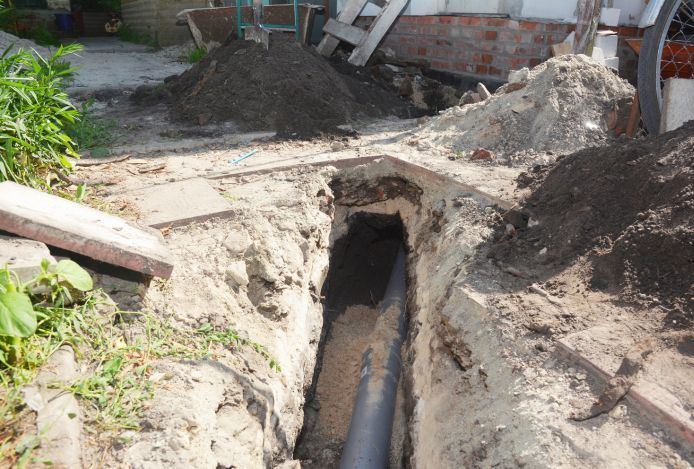
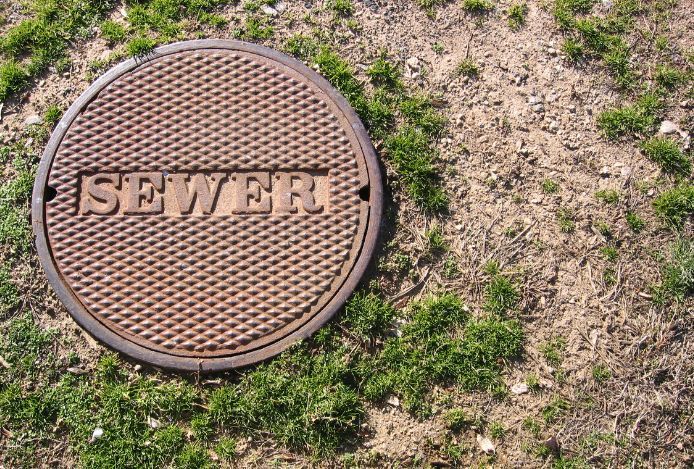

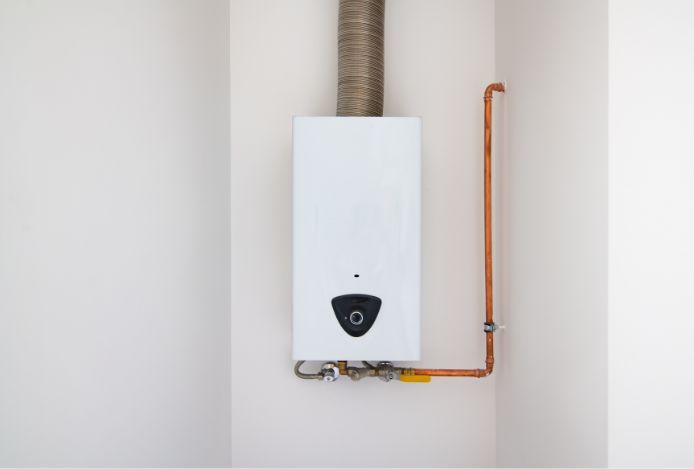
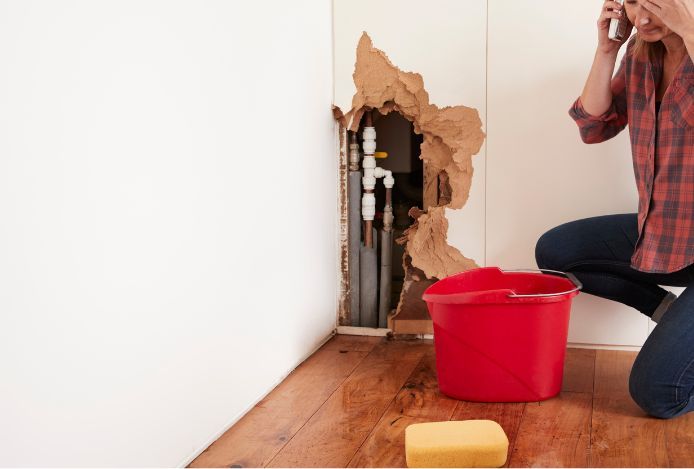
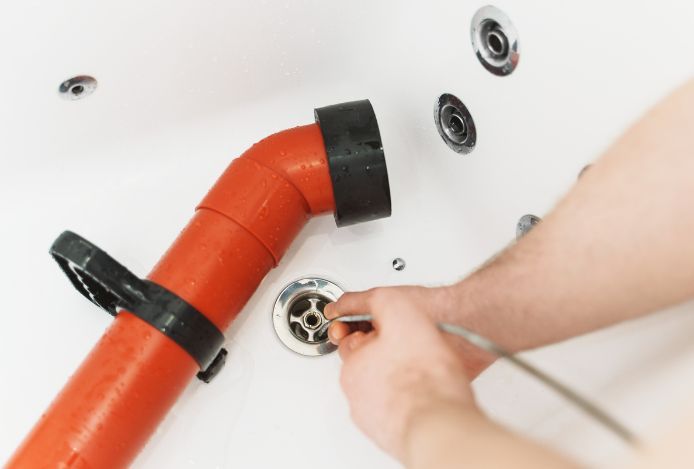
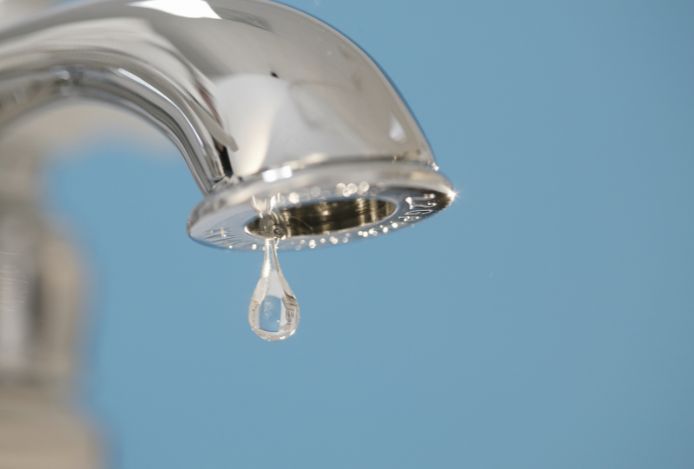
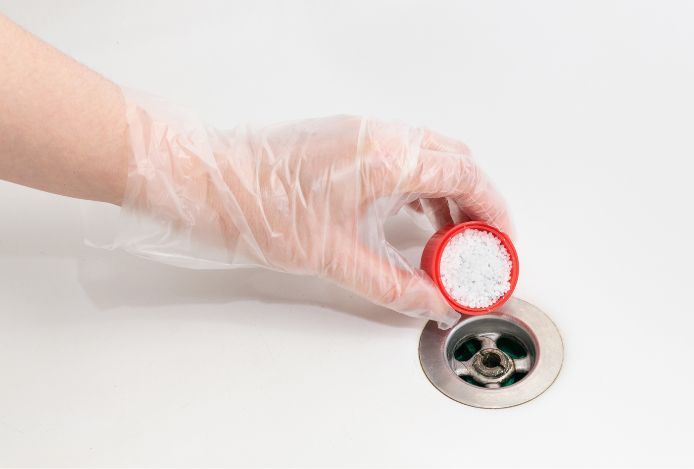
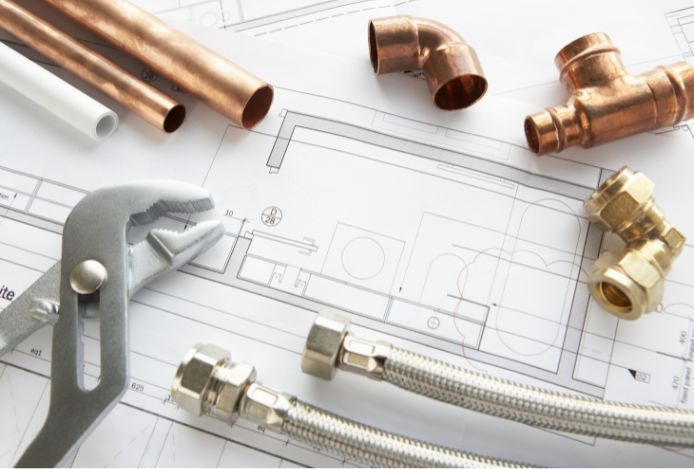

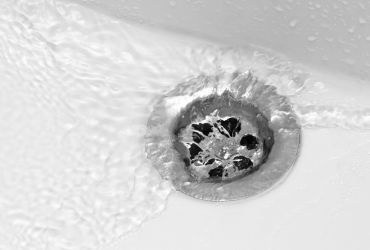
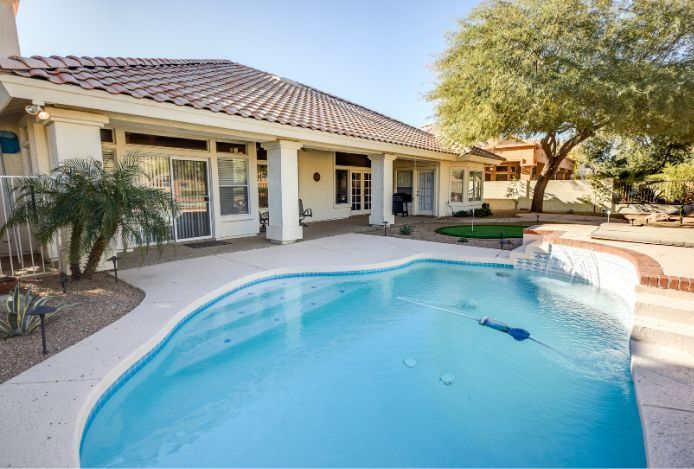
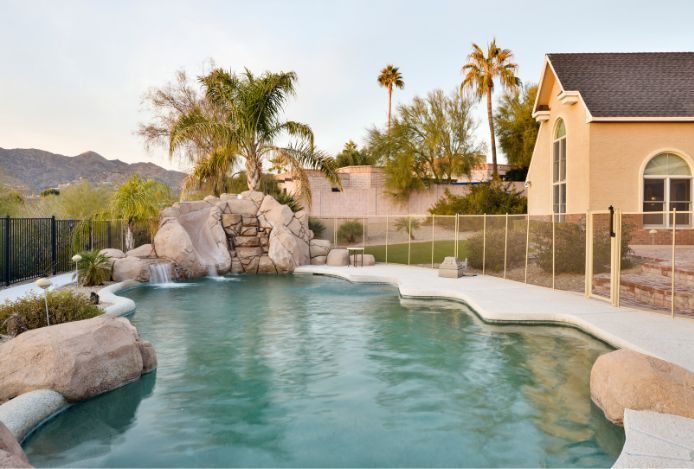
Leave a Reply